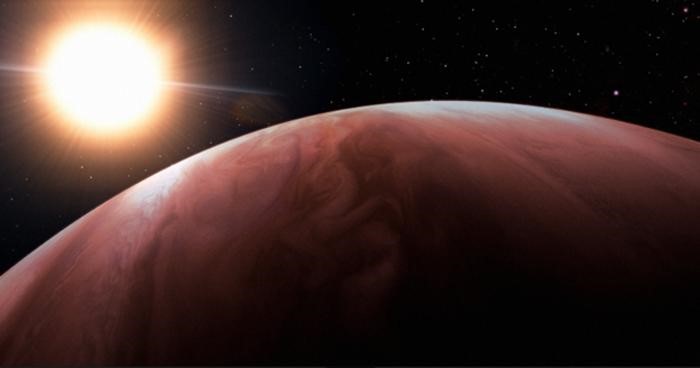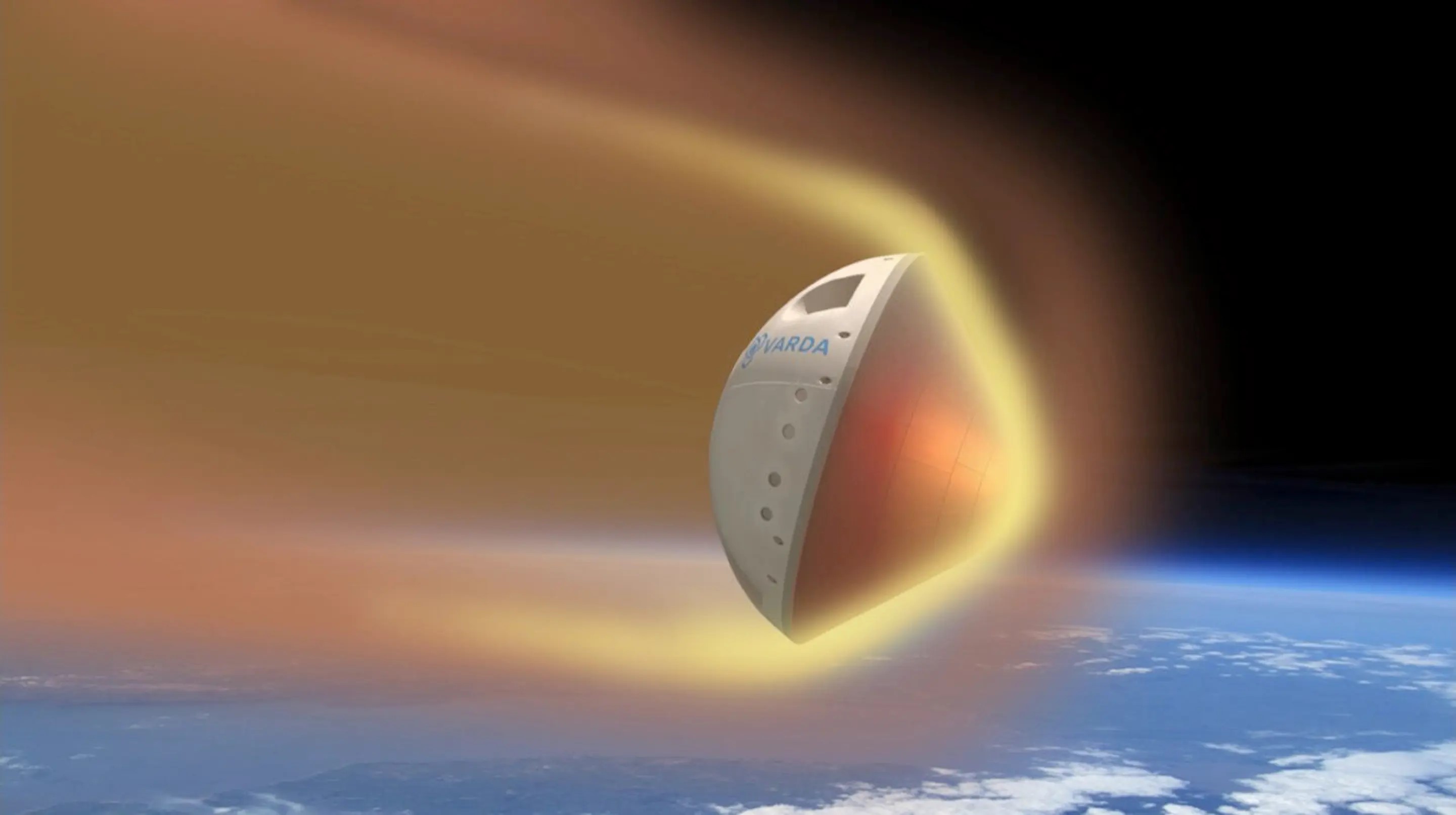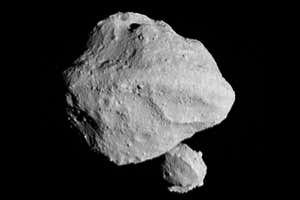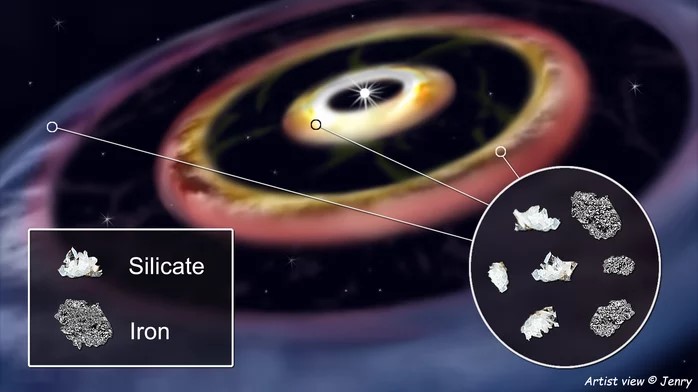The First Mars Live Stream's
The first Mars livestream, conducted by the European Space Agency (ESA), showcased a live video feed from Mars using the Mars Express Orbiter's Visual Monitoring Camera (VMC). This historic event marked the first time that live images from Mars were transmitted in real-time to Earth. Despite the significant distance between the two planets, with a 17-minute delay for image transmission, ESA successfully streamed the footage, allowing viewers on Earth to witness a live glimpse of Mars. The livestream lasted for an hour, during which the VMC transmitted a new frame every 50 seconds, providing an unprecedented real-time view of the Red Planet.
The European Space Agency (ESA) announced that on June 2nd, 2023, they will livestream images from the Mars Express spacecraft, which was launched twenty years ago. The livestream will last for one hour, starting at 11:45 AM ET on June 2nd. It will feature new images every 50 seconds, directly from the Visual Monitoring Camera (VMC) aboard the Mars Express spacecraft.

Figure 1. The First Mars Live Stream's
Figure 1 shows The Apollo missions, of course, sent back breathtaking live video that captured the world and showed astronauts walking on the Moon's surface, but these are merely a few examples in the history of spaceflight. Other examples include NASA's DART and LCROSS missions, which recorded the view as they purposefully crashed into the asteroid Dimorphos and the Moon, respectively. These missions were all fairly nearby, and those farther away may have sent a picture or two in almost real time. This is the first time we've had a long webcast from outer space.[1]
The European Space Agency (ESA) will be providing updates on the Mars Express mission through its official Twitter account. The overview of Mars Express highlights that the orbiter commenced its orbit around Mars on December 25th, 2003, which is often regarded as a symbolic "Christmas miracle." This significant event emphasizes the mission's auspicious timing and adds a touch of wonder to its achievements in exploring the Red Planet.
The Mars Express spacecraft has made significant discoveries and faced various challenges during its nearly two decades of service. It has detected evidence of large underground aquifers on Mars, experienced the loss and subsequent recovery of its surface lander called Beagle 2, and captured breathtaking images such as the panorama of Mars' south pole. Notably, the spacecraft has achieved all of this while operating on a modified version of the Windows 98 operating system, which is remarkable considering the technological advancements since its launch.
The European Space Agency (ESA) will be providing updates from its official Twitter account during the livestream event. According to the ESA's overview of the Mars Express mission, the orbiter started orbiting Mars on December 25th, 2003, which is often referred to as a "Christmas miracle," emphasizing the significance of the mission's timing and achievements during the holiday season.
The first Mars livestream conducted by the European Space Agency (ESA) marked a significant milestone in space exploration. Viewers were able to witness a one-hour livestream of images from the Mars Express spacecraft, which was launched twenty years ago. The livestream, starting on June 2nd at 11:45 AM ET, provided new images every 50 seconds directly from the Visual Monitoring Camera (VMC) aboard the Mars Express.[2] Despite the slight delay caused by the distance between Earth and Mars, the livestream offered an extraordinary opportunity to experience Mars in real-time and further our understanding of the Red Planet.
References:
- https://www.esa.int/Enabling_Support/Operations/Tune_in_for_first_Mars_livestream
- https://www.theverge.com/2023/5/31/23743463/esa-mars-express-live-stream
Cite this article:
Janani R (2023), The First Mars Live Stream's, AnayTechMaz, pp.2















